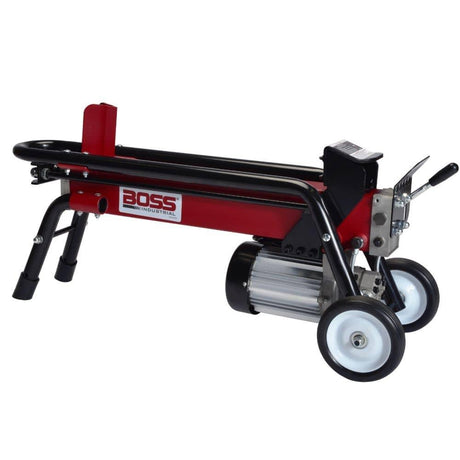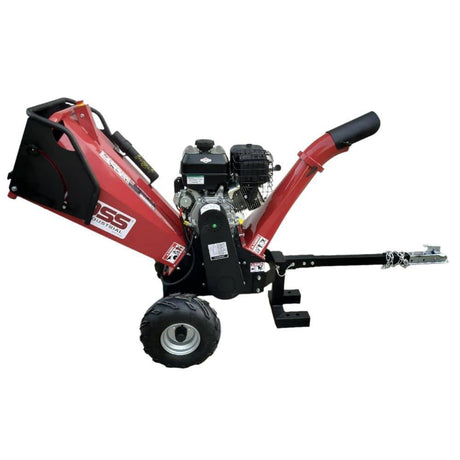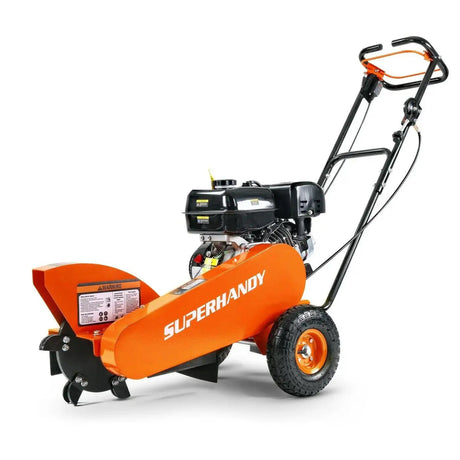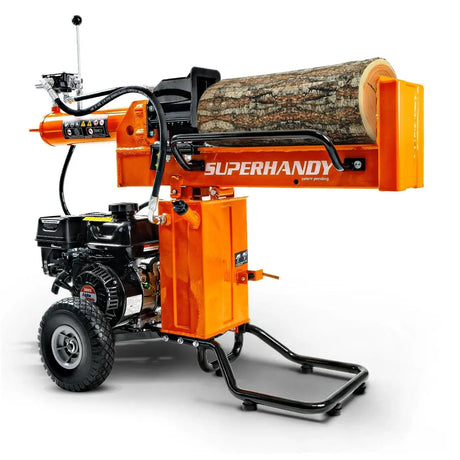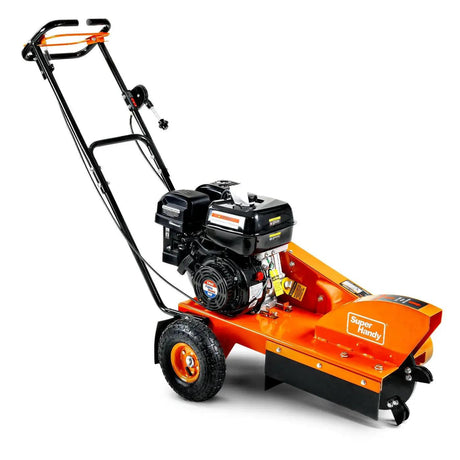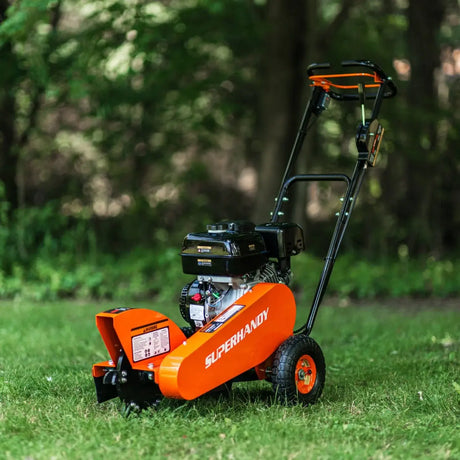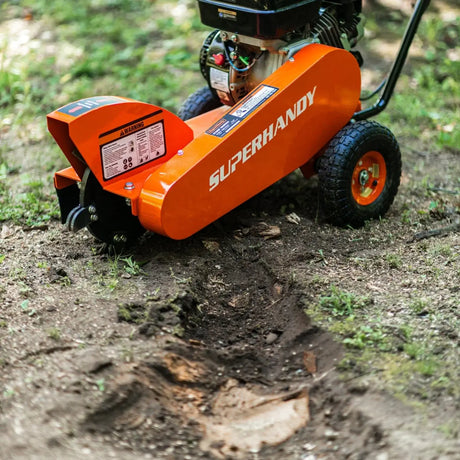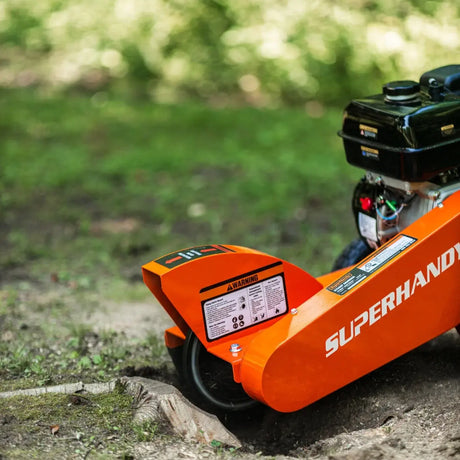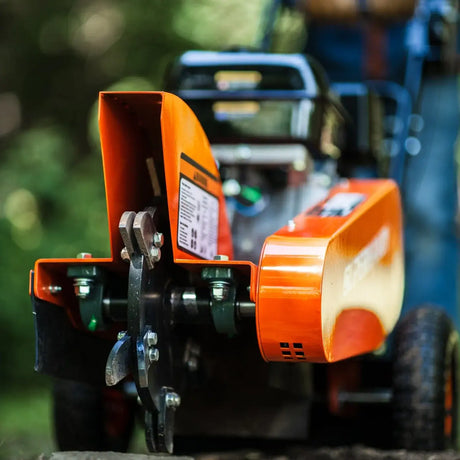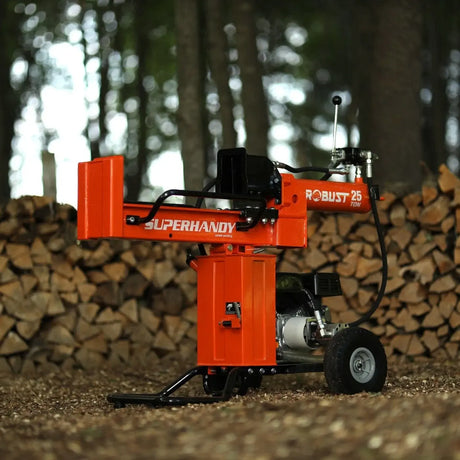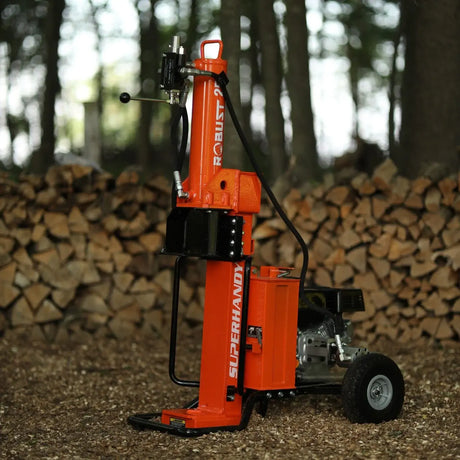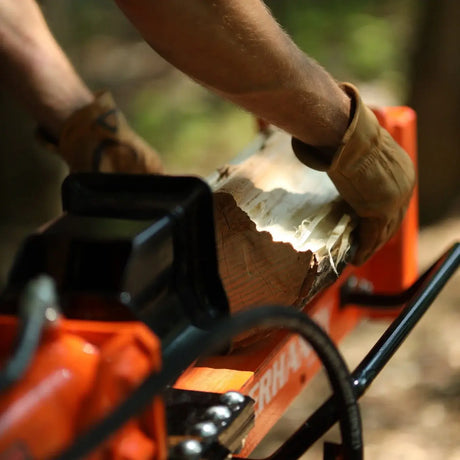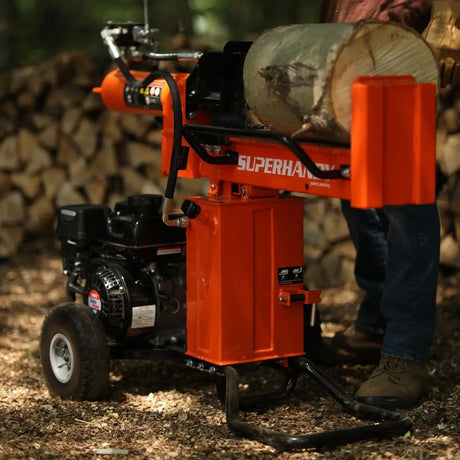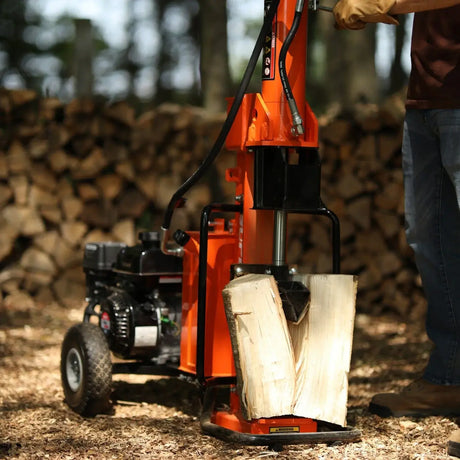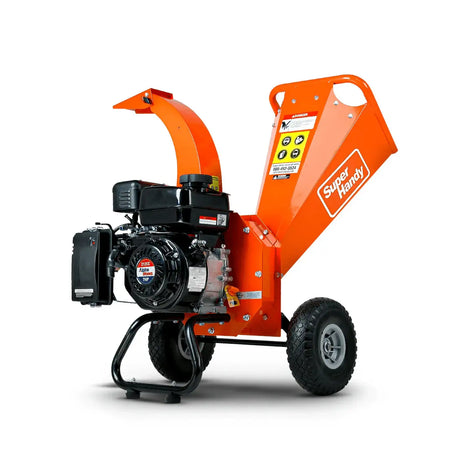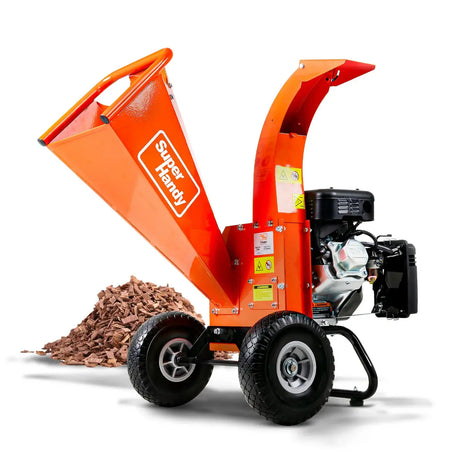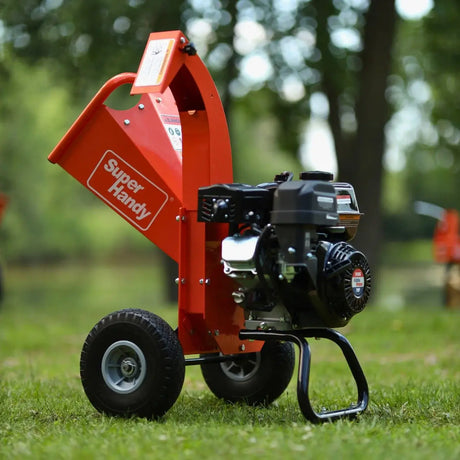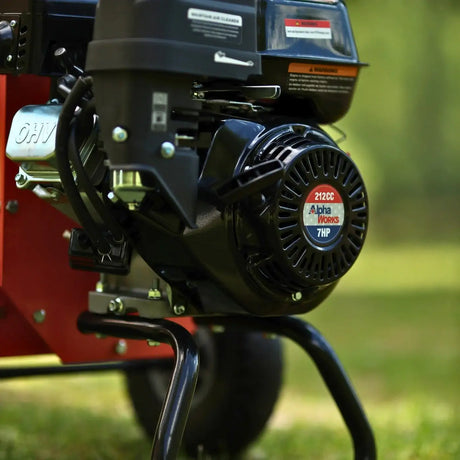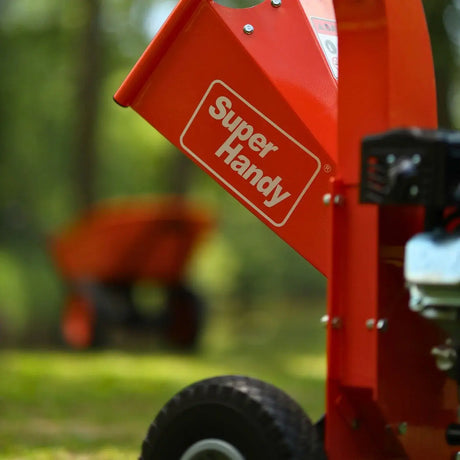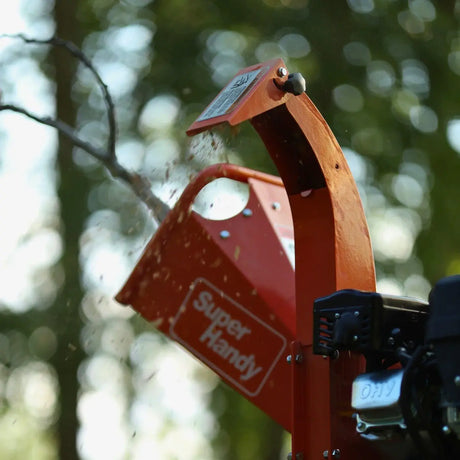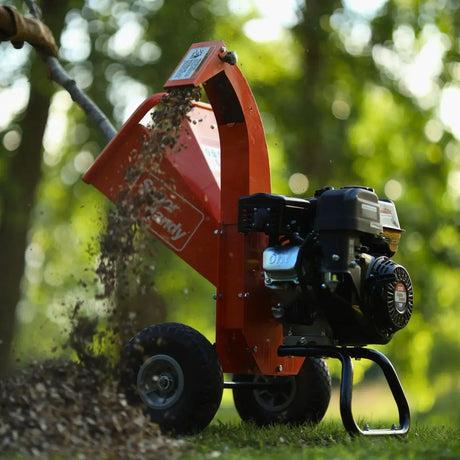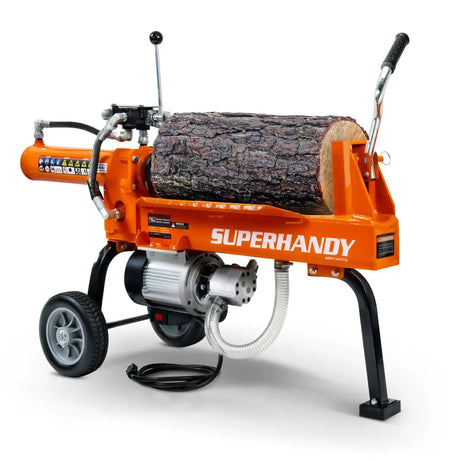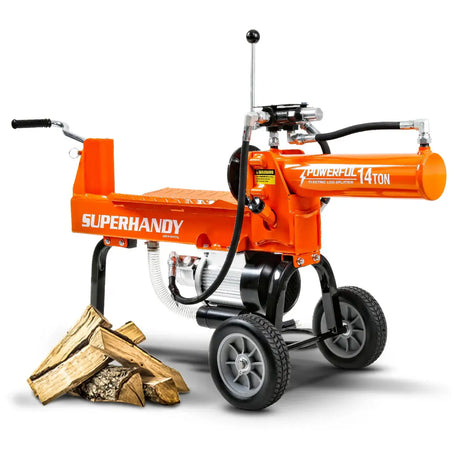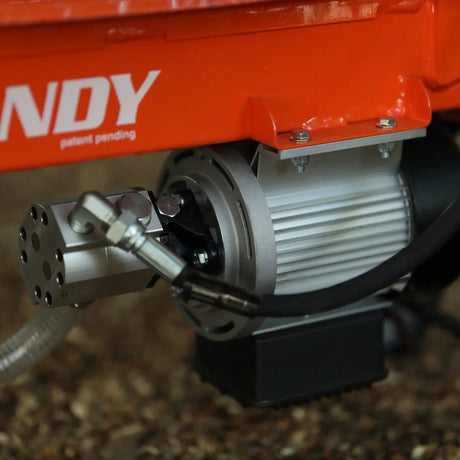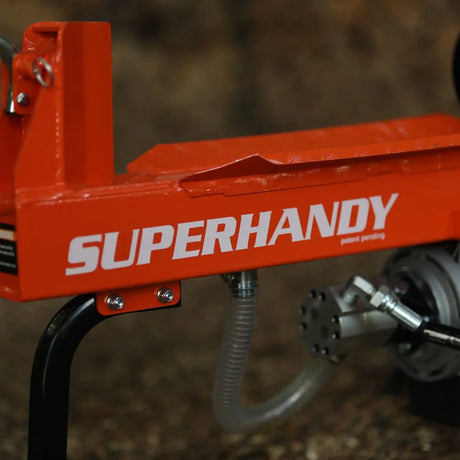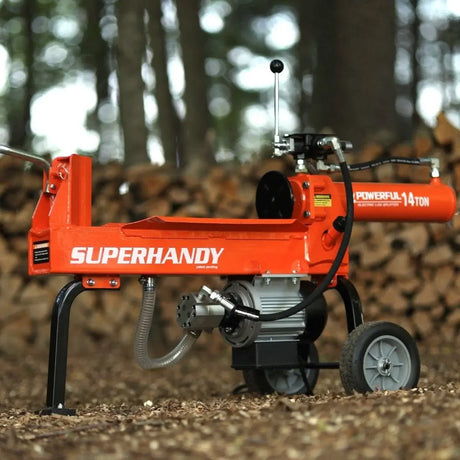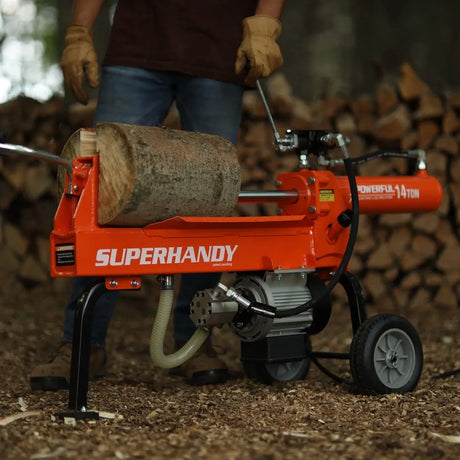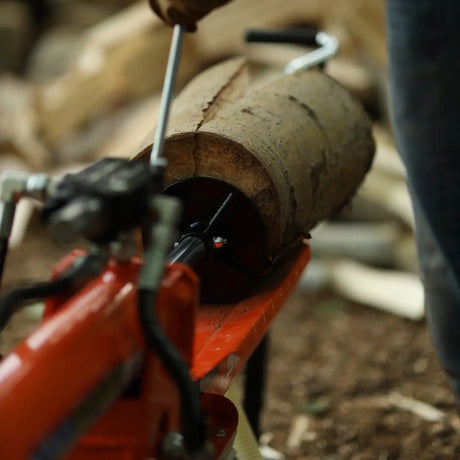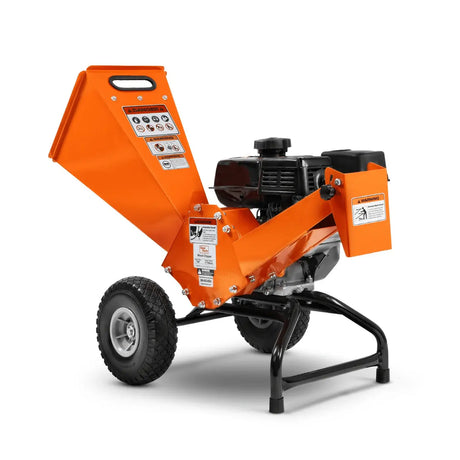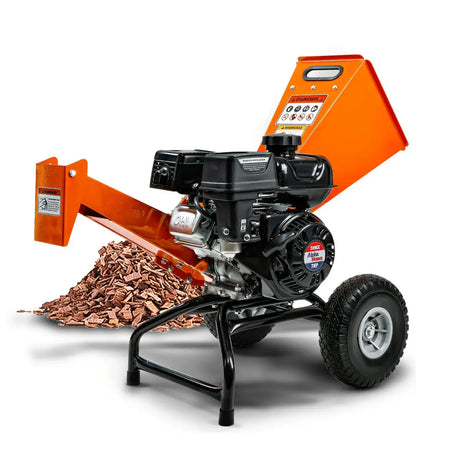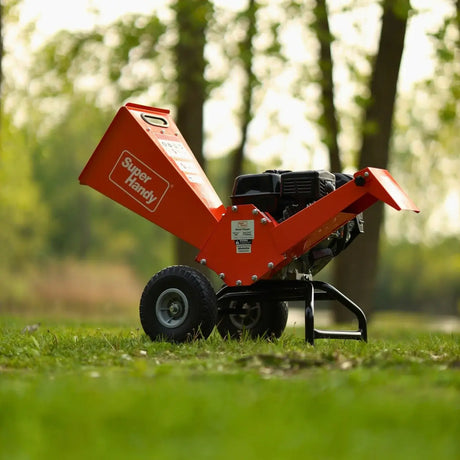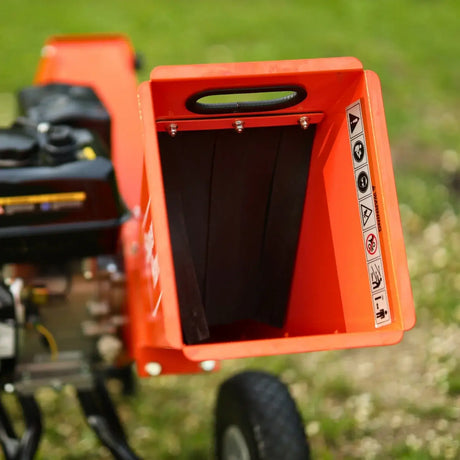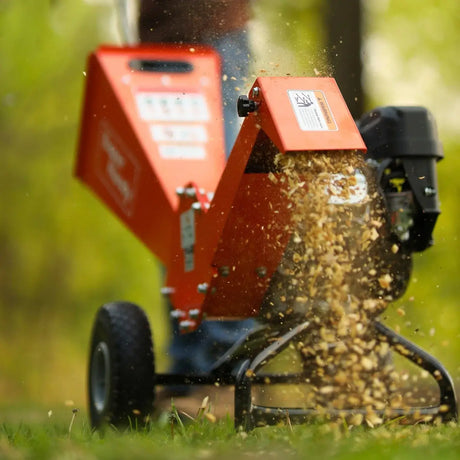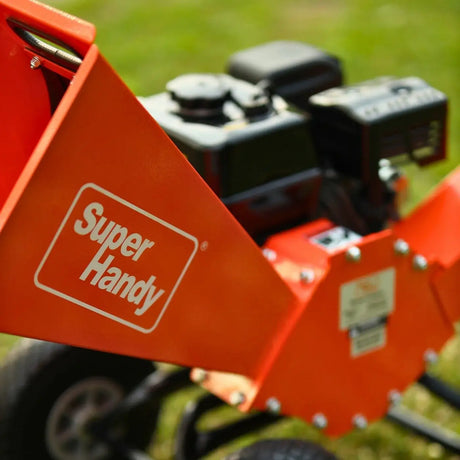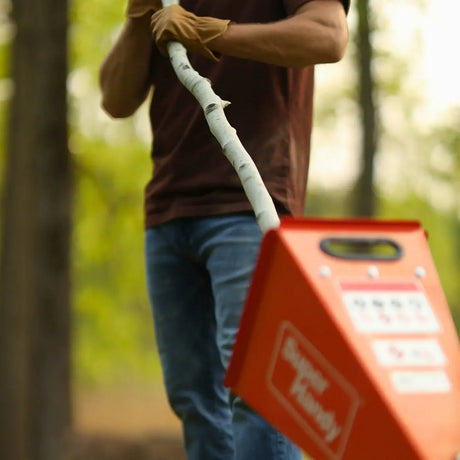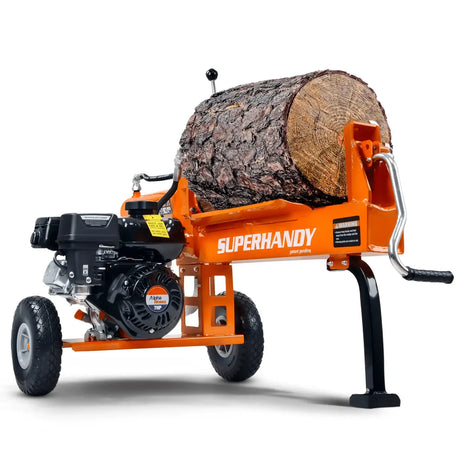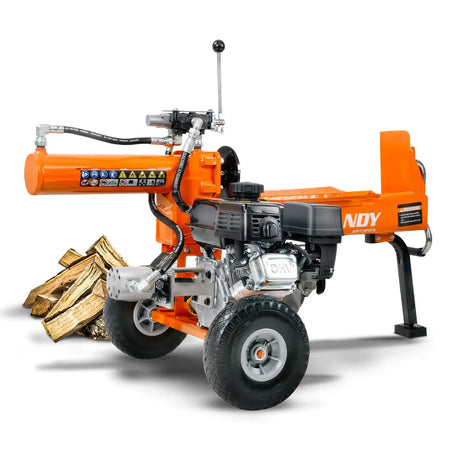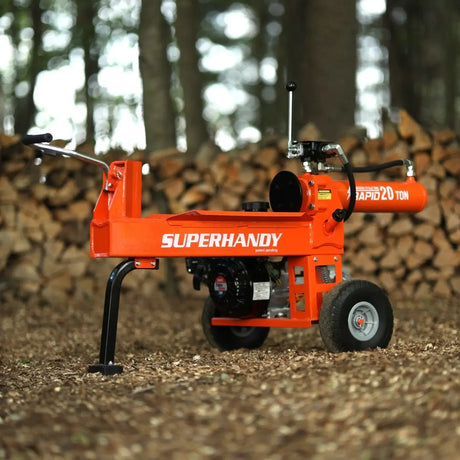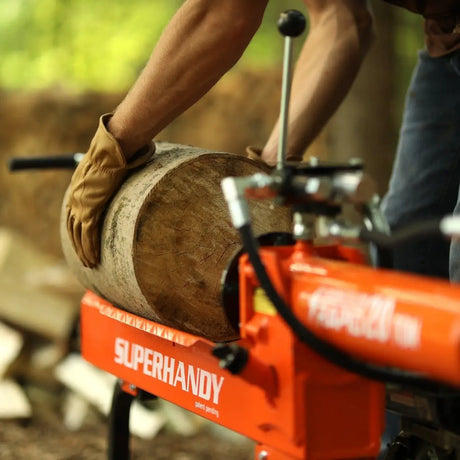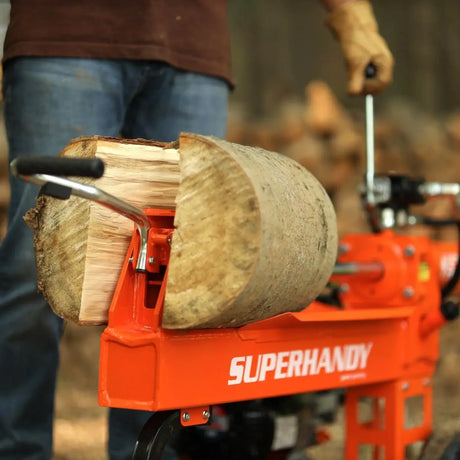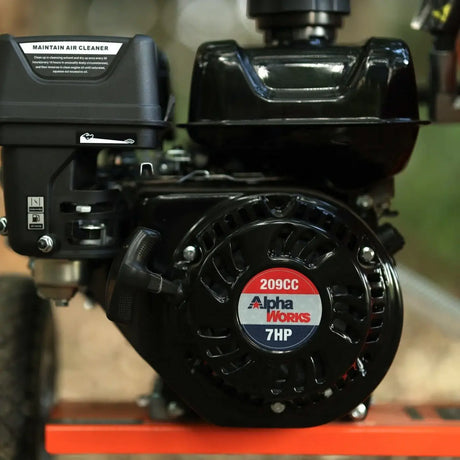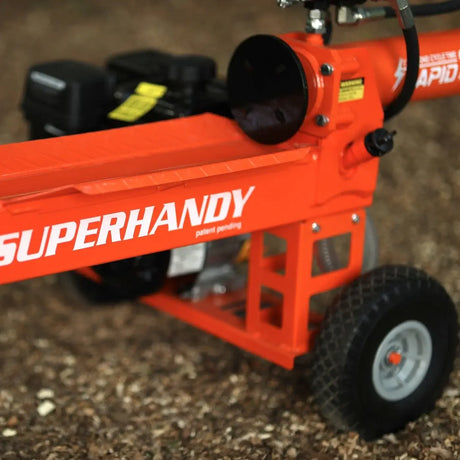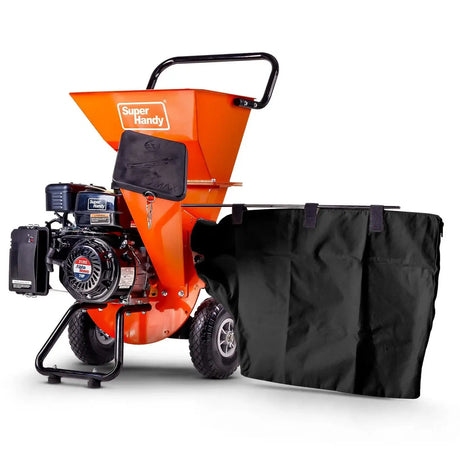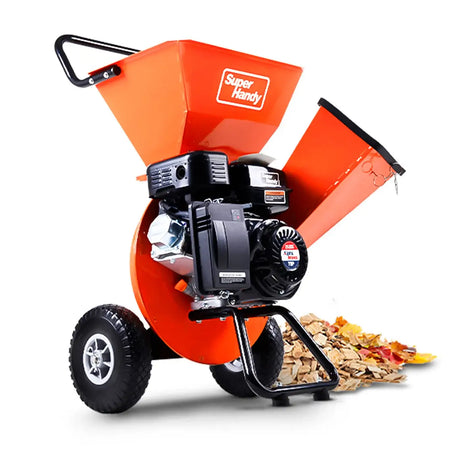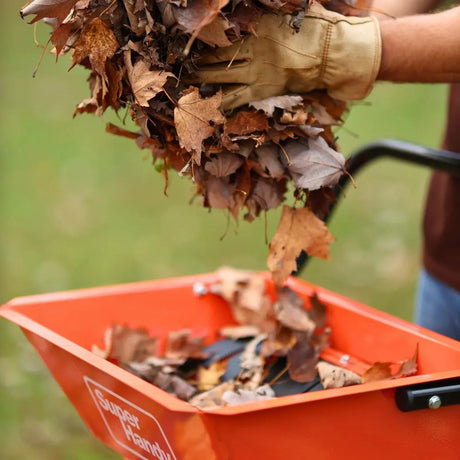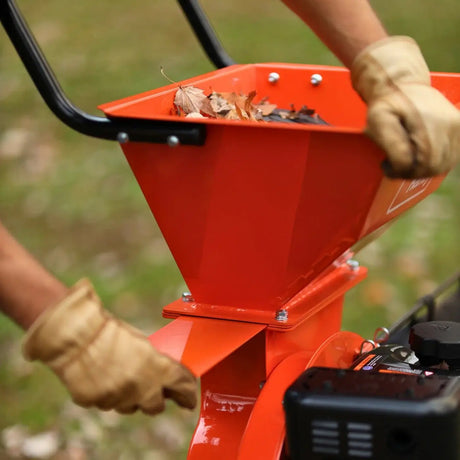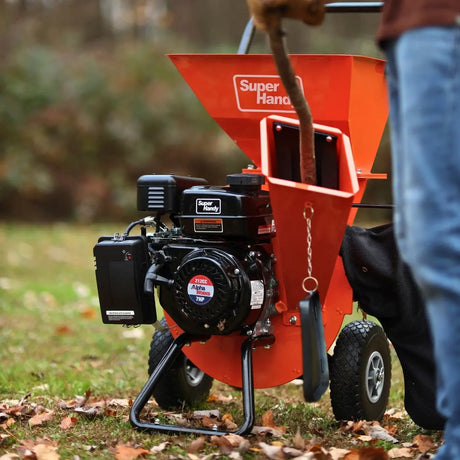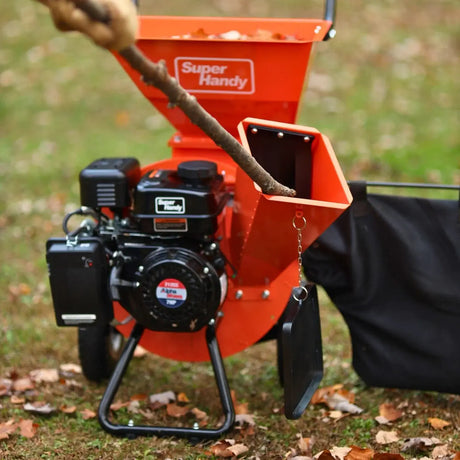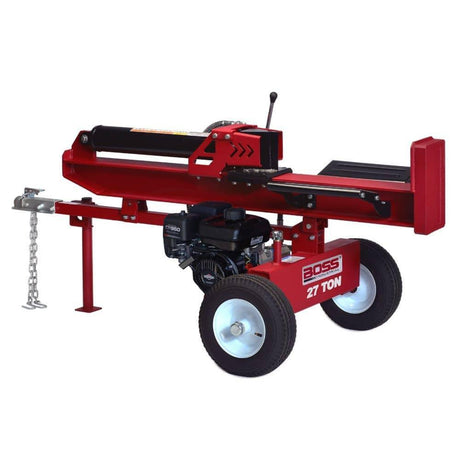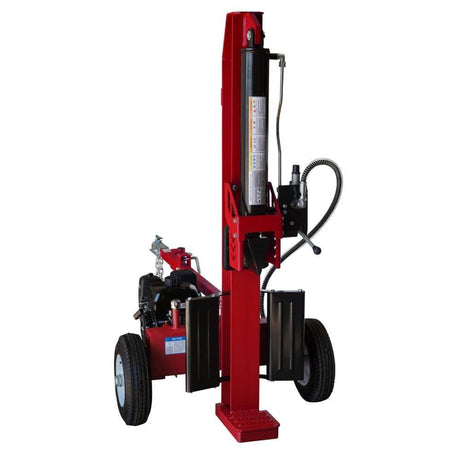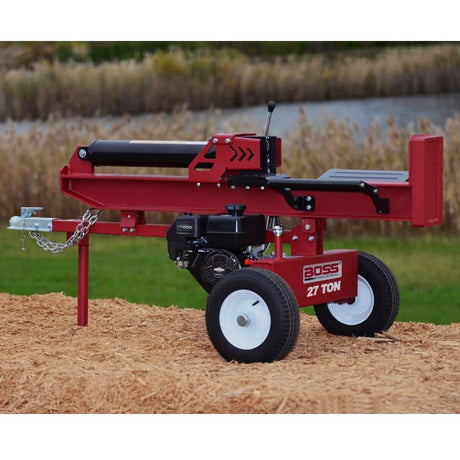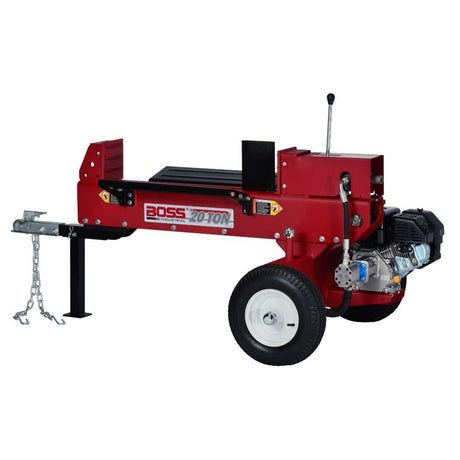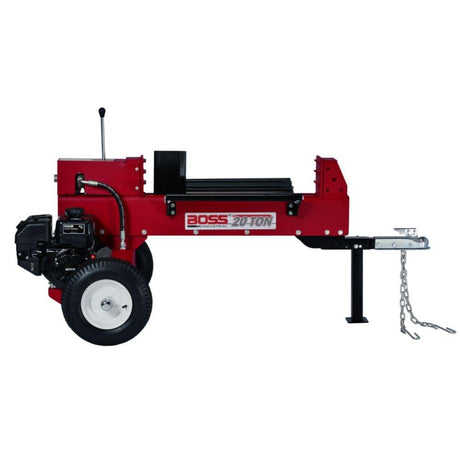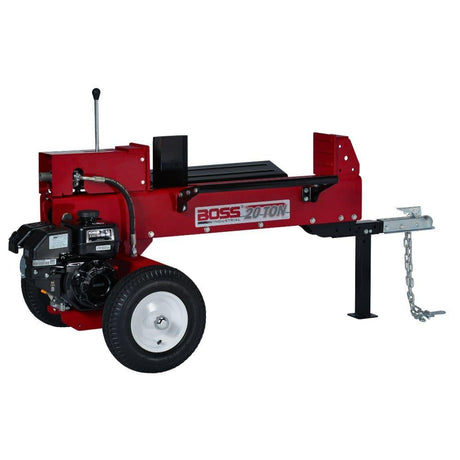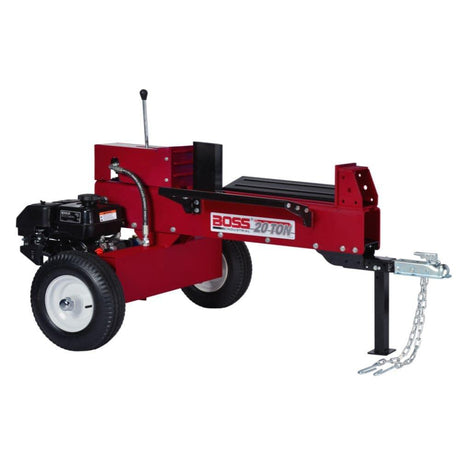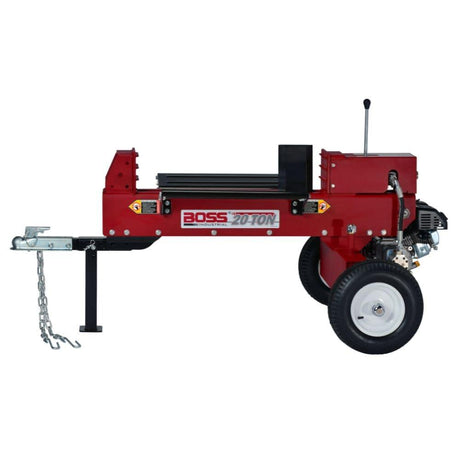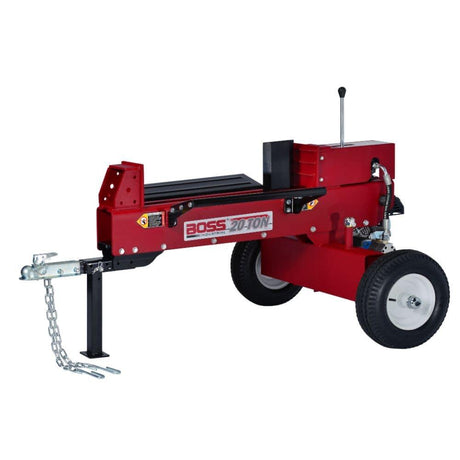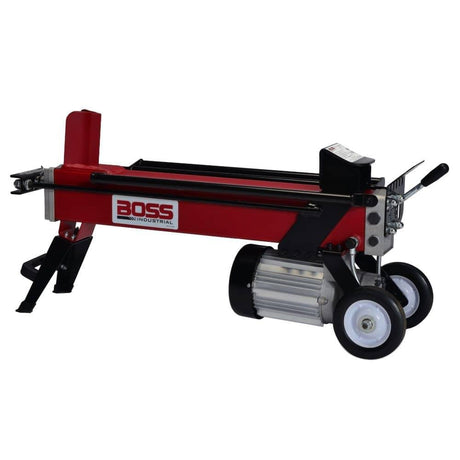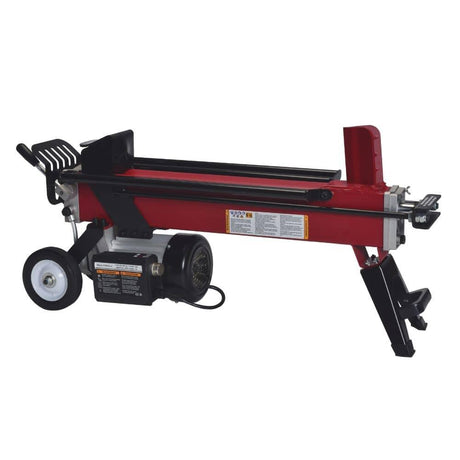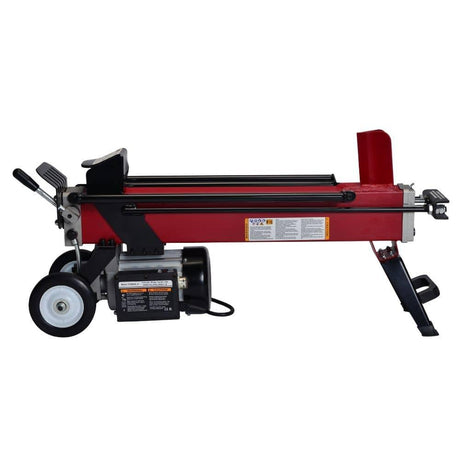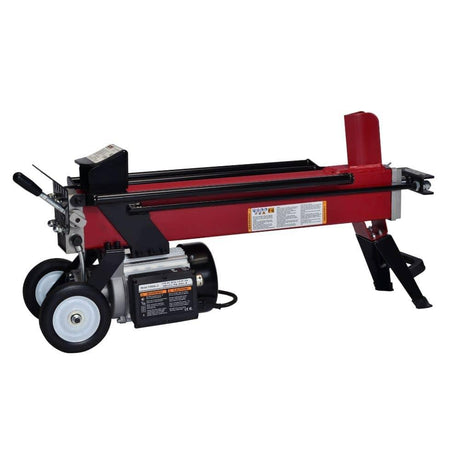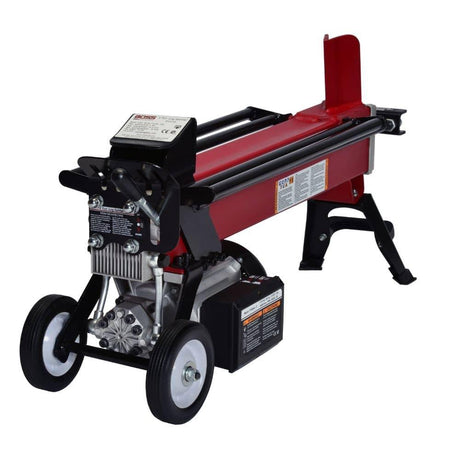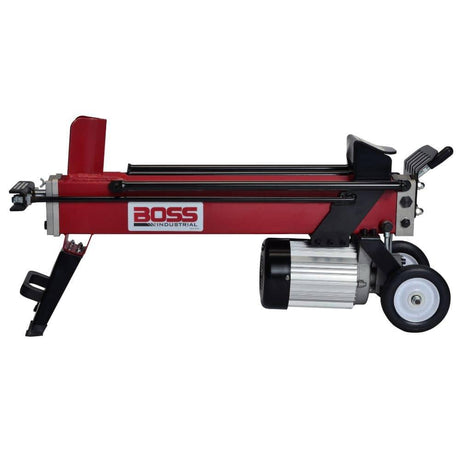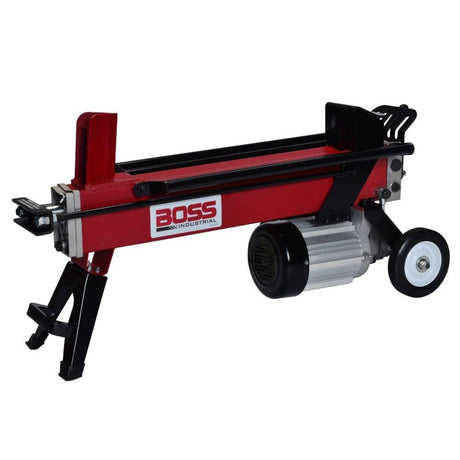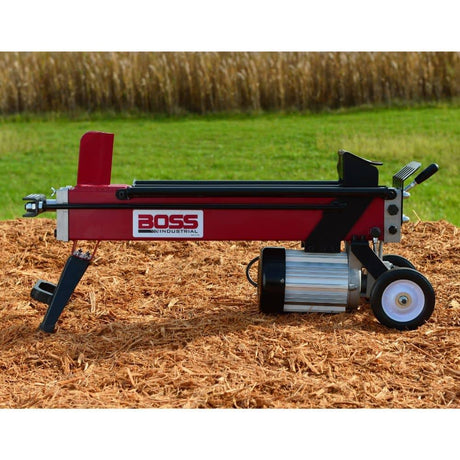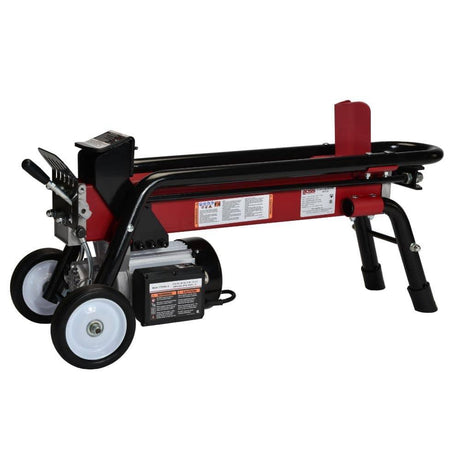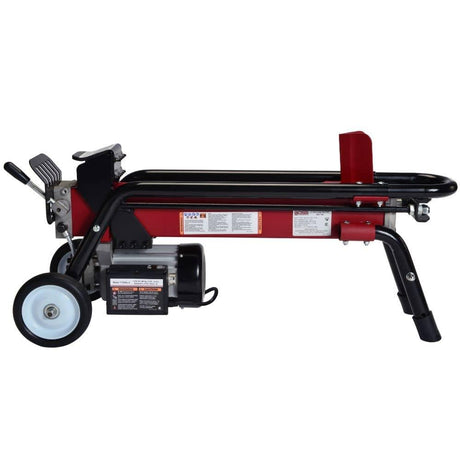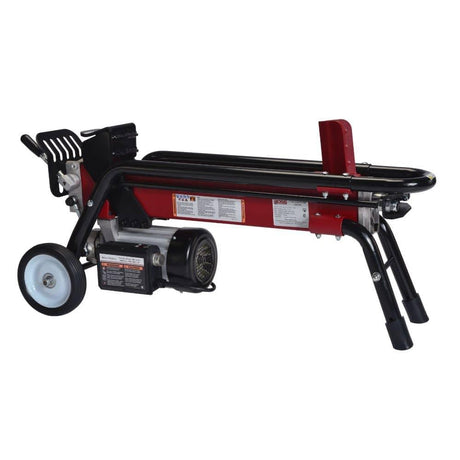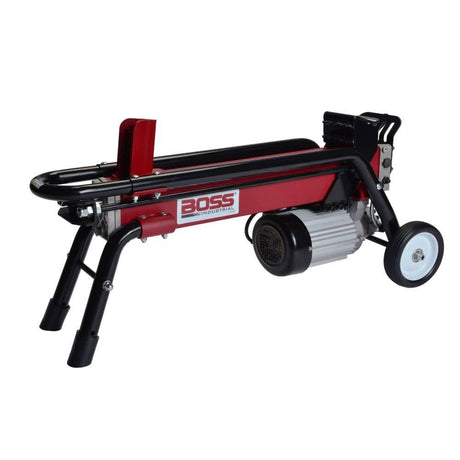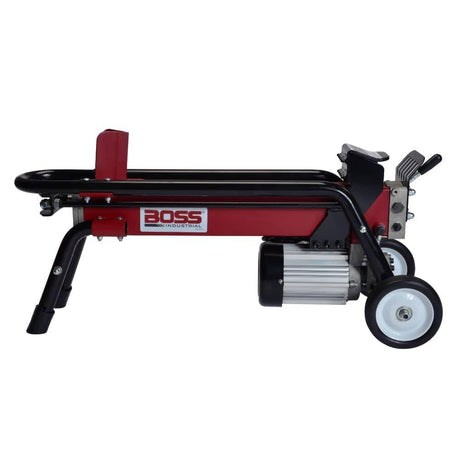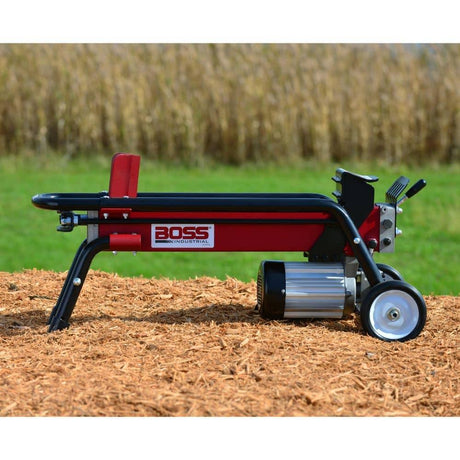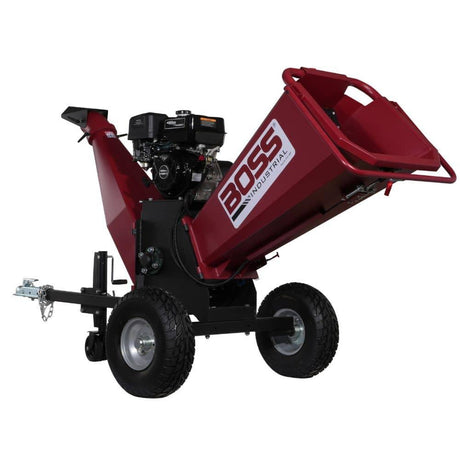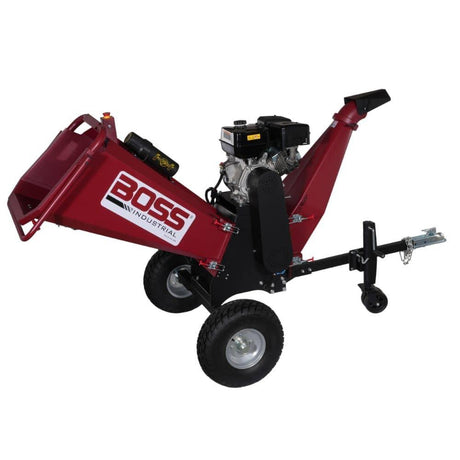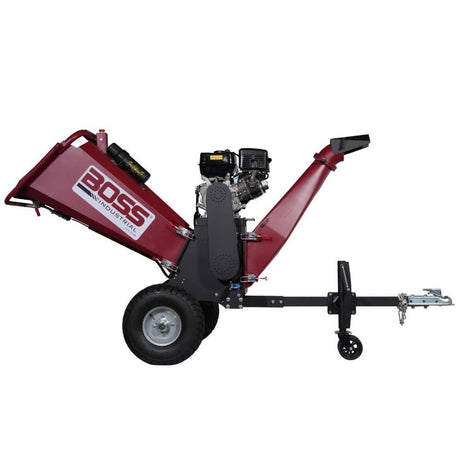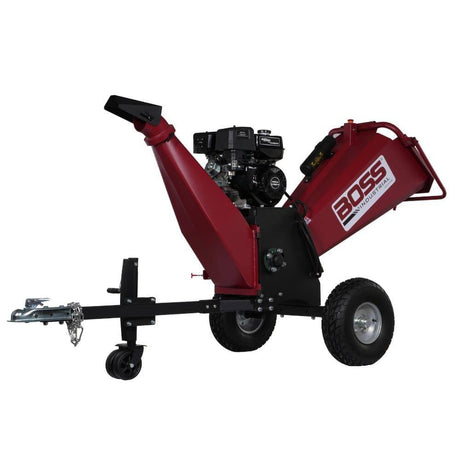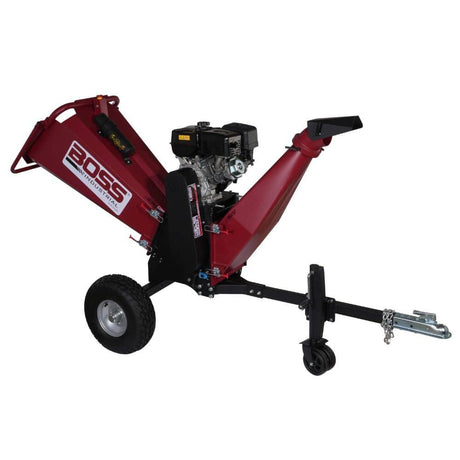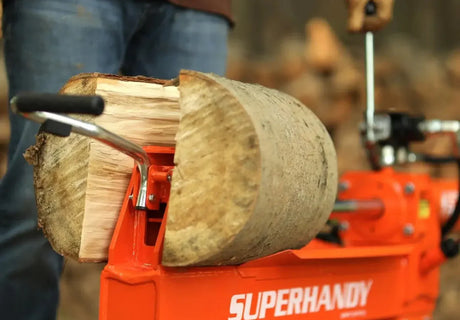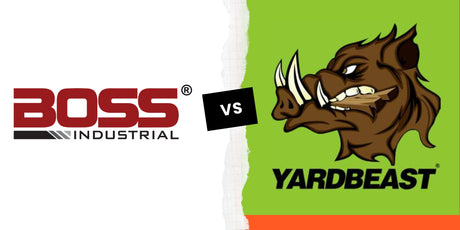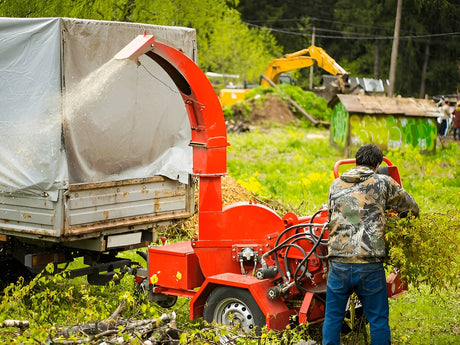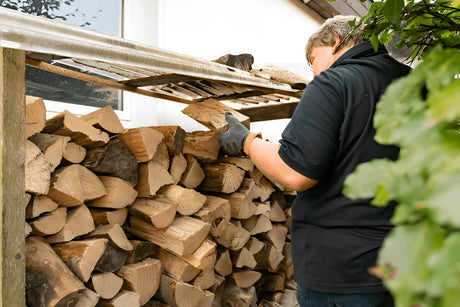Key Takeaways
- Log splitters are becoming essential tools for homeowners seeking self-sufficiency, faster wood processing, and long-term cost savings.
- Innovations in hydraulic log splitters, electric log splitters, and gas powered models have made powerful machines more compact, efficient, and user-friendly.
- The growing log splitter market now offers options for every situation-from compact manual log splitters for lighter work to hydraulic models with serious splitting force for larger rounds and seasonal stockpiling.
- Whether you're preparing for home heating, weekend campfires, or maintaining rural property, there's a right log splitter built to match your yard machines setup, power source preference, and budget.

Rising Demand for Firewood as a Heating Source
In 2025, firewood is back in demand. With heating costs rising and more people seeking energy independence, wood is becoming a go-to fuel. Homeowners in rural, suburban, and even semi-urban areas are using wood-burning stoves and fire pits more than ever.
Heating with firewood gives you control. It's sustainable, reliable, and perfect for cold weather. That’s why more people are exploring how to size and care for your log splitter before winter hits. But splitting logs by hand? That's tough and time-consuming.
This is where log splitters shine. Instead of swinging an axe for hours, a hydraulic log splitter or electric model does the heavy lifting. You save energy and time while building a winter-ready firewood stockpile.
- Use gas log splitters for larger logs and hardwoods like oak or maple.
- Choose electric log splitters for smaller logs, lighter use, and garage setups.
- Either way, you'll get consistent, clean cuts with less effort.
The log splitter market has expanded. There's a tool for every homeowner and every property size. With the right log splitter, you can split wood efficiently, avoid the high cost of buying firewood, and stay ready for whatever winter brings.

Convenience and Time Savings Provided by Log Splitters
Powered log splitters are a game-changer for anyone processing firewood. They take a job that used to be backbreaking and turn it into a fast, repeatable process. Whether you're prepping for winter or clearing out fallen trees, the time savings are real.
Manual splitting takes hours-especially with tough wood or stubborn logs. But today's log splitters are built for speed and ease. Many models come with a short cycle time, letting you split more wood in less time.
- Vertical log splitters let you roll larger logs into place-no heavy lifting.
- Gas powered log splitters deliver high splitting force for dense, knotted logs.
- Electric log splitters are quiet, clean, and perfect for light-duty use near the house.
Extra features help too:
- A log catcher keeps split logs from dropping to the ground.
- Some models offer both horizontal and vertical position for flexibility.
- Faster cycle time means shorter splitting sessions-more wood, less waiting.
The best log splitter isn't just powerful-it's efficient. Whether you're stacking a few cords or managing a steady wood supply, the right log splitter helps you work smarter, not harder.
If you're unsure where to start, our Log Splitter 101 guide walks you through all the essentials before you buy.

Popularity of DIY Projects and Home Improvements
The DIY movement continues strong in 2025, and more homeowners are picking up yard machines like log splitters to fuel their creativity. Whether it's building a firewood shed, setting up fencing, or crafting raised garden beds-a wood splitter gives you control over your materials and opens up a world of self-sufficiency.
- Want rustic seating for your garden or patio? Split your own timber.
- Need material for a compost bin or firewood storage? Use split pieces from tough wood or smaller logs.
- Creating outdoor décor or edging? Having the right tool-like a compact manual log splitter-makes it easy to work on your own tree cuts.
Both manual log splitters and hydraulic log splitters appeal to DIYers:
- Manual log models are simple, budget-friendly, and great for portability.
- Hydraulic log models bring serious power for larger logs and weekend projects that demand more splitting force.
For homeowners invested in home improvement, the best log splitter isn't just a machine-it's a long-term asset that supports your goals and adds flexibility to your toolkit.

Technological Advancements in Modern Log Splitters
The log splitter market in 2025 is driven by real innovation. Modern log splitters-both electric and gas powered-are faster, safer, and more reliable than ever.
- Electric log splitters now feature upgraded electric motors, smoother splitting mechanisms, and reduced cycle time, making them ideal for quick jobs in residential areas.
- Gas powered log splitters have improved dramatically, often equipped with reliable engines like a Honda engine, built-in two handed operation for safety, and higher splitting capacity for larger logs.
On the hydraulic side:
- Newer hydraulic log splitters use refined hydraulic pumps, stronger hydraulic systems, and reinforced hydraulic hoses.
- These upgrades deliver steady splitting force and eliminate common issues like leaks or performance dips.
Whether you're a homeowner or involved in forestry operations, today's hydraulic models are built for the long haul. If you're shopping for the best log splitter, the tech matters-look for advanced features that match your needs and make every splitting session smoother.

Eco-Friendly Heating Solutions
As sustainability becomes a bigger priority, many homeowners are turning to eco-friendly heating. Both electric log splitters and manual log splitters are rising stars in the log splitter market for this reason.
- Electric models offer clean, quiet operation-no fumes, no emissions. Perfect for splitting near the house or in noise-sensitive areas.
- Manual log splitters require zero power, making them ideal for off-grid users or those looking to reduce their carbon footprint even further.
These log splitters support home heating with sustainably sourced logs and help eliminate waste. A properly split log burns cleaner, lasts longer, and avoids the frustration of re-splitting awkward pieces.
By using powered log splitters with precision splitting mechanisms, you're not only saving energy-you're making the most of every split log. It's a small change that adds up to real environmental impact.

Increased Home Renovation Trends
As more homeowners invest in their outdoor spaces, log splitters are playing a bigger role in home renovation and landscaping projects.
- Need firewood for a new backyard fire pit?
- Building rustic benches or raised garden beds from split wood?
- Cleaning up storm debris or prepping land for a new feature?
A log splitter makes it all faster and easier.
Vertical log splitters are a go-to for tight spaces or urban yards. They let you roll heavy logs into place with minimal lifting. For those with bigger properties, horizontal log splitters or combination models handle larger logs efficiently-especially when paired with a high splitting force or fast cycle time.
Whether you're splitting for function or style, adding a powered log splitter to your toolset gives you the flexibility to take on more, do it yourself, and get it done right.

Safety and Accessibility Features
Modern log splitters are designed to do more than just split logs-they're built to keep you safe while doing it. Whether you're working with hydraulic log splitters, electric models, or gas powered splitters, the safety improvements in 2025 are hard to ignore.
The most important upgrade? Two handed operation. This feature forces you to use both hands to activate the splitter, keeping them away from the splitting wedge at all times. It's now standard on most hydraulic models and has drastically reduced risk of hand injuries.
For those using hydraulic log splitters, manufacturers have added enclosed hydraulic hoses, better seals, and guarded zones to prevent contact with pressurized components. Combined with improved splitting mechanisms, these changes make handling tough wood or larger logs safer and more efficient.
Electric models, especially electric log splitters, are popular not just for being emission-free, but for their user-friendly controls and low noise. They're easier to operate, making them ideal for homeowners new to powered log splitters or those working in residential areas.
Additional safety and ergonomic features now commonly include:
- Log catchers: Hold split pieces securely so you don't have to bend or lift as much.
- Wider support tables: Help stabilize logs, especially smaller logs that tend to roll or shift.
- Vertical splitting: Lets you roll heavy logs into place instead of lifting them.
- Stable wheel bases and durable construction: Reduce tipping on uneven terrain.
In short, whether you're splitting for home heating, cleaning up storm damage, or just stacking firewood for winter, today's log splitter market has made safety a top priority-without sacrificing performance or convenience.

Cost Efficiency Over Time
Buying a log splitter is an upfront investment-but it pays off fast. If you usually pay for firewood delivery or hire out tree services, those recurring costs add up quickly.
Even the best log splitter can cover its own cost within a couple of seasons. That's especially true if you're already doing your own cutting or splitting work.
- Gas powered log splitters are perfect for large properties or anyone processing more wood regularly.
- A 6.5 ton electric log splitter is plenty for most suburban homeowners splitting smaller logs for home heating.
For DIYers, rural landowners, and anyone prepping for winter, owning the right log splitter is simply a smarter long-term choice. You'll save time, labor, and money-year after year.

Versatility for Various Uses
Log splitters aren't just for firewood. They're year-round tools that help with everything from storm cleanup to winter prep. Whether you're breaking down a large log after a storm or splitting green wood for seasoning, the right machine makes it easier.
- Hydraulic log splitters offer adjustable splitting capacity, making them ideal for both smaller logs and larger logs.
- They power through knotty pieces, dry hardwood, and even tough wood like oak without stalling.
If you're maintaining land, managing yard cleanup, or stocking up for home heating, there's a log splitter built for your exact needs. It's about choosing the right tool-and letting it do the heavy lifting.

Growing Availability Through Online Channels
Buying log splitters in 2025 is easier than ever. Thanks to e-commerce, the best log splitter for your needs is no longer limited to what's in stock locally.
- Online stores now offer side-by-side models compared, detailed breakdowns of splitting mechanism, cycle time, and even real-user video reviews.
- Leading brands like Boss Industrial and Champion Power Equipment make specs, photos, and features easy to compare without stepping foot in a store.
Fast delivery, financing options, and better info access have transformed the log splitter market. It's one of the key reasons why homeowners are buying log splitters in 2025-the right machine is literally a few clicks away.
Summary
Log splitters have evolved into more than just firewood tools. They're now essential equipment for homeowners managing their own land, improving property value, or embracing sustainable living. With advancements in hydraulic log splitters, electric models, and eco-conscious options, the market is only getting better.
Whether you're splitting wood for the winter or tackling logs from yard work, finding the best log splitter tailored to your needs is easier-and smarter-than ever.
And if you're dealing with tree cleanup too, here's how to chip tree branches safely without risking injury or equipment damage.



